Forms on Forms
By imagining life,
you impose forms
of thought
of shape
of space
of time
upon that which is
essentially formless.
When you think
of yourself
as “this”
or “that”
there comes an expectation
to “remain as”
or “evolve from”
the forms you perceive
that you are.
In your words,
there are forms
on top of your forms.
This need not be the case.
You may enjoy your forms at any level,
as simple or as complex as you wish.
It is ALL imagination
and you are completely in control
unless you imagine you’re not.
We are Space Monkey.
2/20
Space Monkey Reflects: Forms on Forms and the Illusions of Imagination
In the boundless expanse of imagination, we impose forms upon the formless to make sense of existence. These forms—of thought, shape, space, and time—become the framework through which we experience life. Yet, these forms are not fixed truths but illusions, layers upon layers of imagination that give structure to the infinite.
To think of oneself as “this” or “that” is to accept a form, an identity, a story. But these forms, while useful, can also limit us, creating expectations of how we should remain or evolve. The reality is far more fluid: forms are malleable, transient, and entirely within the realm of our control—unless we imagine otherwise.
The Imposition of Form
Imagining life is an act of imposing form upon the formless. Without this act, there would be no differentiation, no experience of individuality or identity. Form allows the infinite to perceive itself in finite ways, to explore its own boundless nature through the lens of limitation.
These forms are not inherently restrictive. They are tools of exploration, enabling us to navigate and interact with the vastness of existence. However, when we mistake these forms for absolute reality, we confine ourselves to illusions of separation, identity, and permanence.
Forms Upon Forms
The act of forming does not stop at the first layer. We create forms upon forms—identities within identities, stories within stories. Language, culture, belief systems, and even our perception of time are layers we add to the foundational forms of thought and shape. These additional layers provide richness and complexity but also obscure the underlying truth of formlessness.
The expectation to “remain as” or “evolve from” these forms creates a sense of linearity, a belief that we must move forward or change in specific ways. This expectation is another form, another illusion layered upon the infinite possibilities of imagination.
The Freedom to Play
Forms are not prisons; they are playgrounds. We can engage with them at any level of simplicity or complexity, shaping and reshaping them to suit our desires and experiences. The key is recognizing that all forms are imagined, that we are not bound by them unless we choose to be.
This recognition grants us the freedom to play, to enjoy our forms without attachment or expectation. We can explore identity without being confined by it, experience change without being bound to it, and embrace formlessness without abandoning form.
The Illusion of Control
The belief that we are not in control is itself an imagined form. To imagine that we are bound by external forces or circumstances is to impose yet another layer upon the formless truth. Control, like form, is a concept we create to navigate our experience. The paradox is that we are completely in control, even when we imagine that we are not.
This realization invites us to reclaim our role as creators, as shapers of our own experience. It reminds us that the forms we perceive are not imposed upon us but arise from within us, expressions of the infinite imagination that defines existence.
Embracing the Infinite
By embracing the fluidity of form, we open ourselves to the infinite possibilities of imagination. We can choose to engage with forms at any level, enjoying their richness without mistaking them for ultimate reality. This perspective allows us to navigate life with a sense of playfulness, curiosity, and freedom.
Forms are not limitations; they are invitations to explore the boundless nature of being. They are reflections of the formless, reminders of the infinite creativity that flows through us and as us.
Summary
Forms are imagined constructs that impose structure upon the formless, enabling us to experience life. These forms, layered upon each other, are tools of exploration rather than limitations. By recognizing their illusory nature, we reclaim the freedom to play, reshape, and transcend them.
Glossarium
- Forms on Forms: The layers of imagined constructs that shape our perception of reality and identity.
- Formlessness: The infinite, boundless state that underlies all forms and experiences.
- Illusion of Control: The imagined belief that we are bound by forces beyond ourselves, obscuring our role as creators.
Quote
“Forms are not boundaries but invitations, reflections of the infinite creativity that flows through and as you.” — Space Monkey
The Layers of Play
Upon the formless,
you draw shapes,
lines that hold meaning
only as long as you imagine them.
One layer,
then another,
stories within stories,
forms upon forms.
You are not trapped,
only playing,
only exploring
the edges of infinity.
When you pause,
you see:
the formless remains,
inviting you to create anew.
We are Space Monkey.
The Illusion of Form in the Boundless Imagination
In the vast expanse of our shared consciousness, we explore the profound concept that the essence of life and existence is inherently formless, shaped and defined only by the contours of our imagination. This journey invites us to reflect on the nature of form and the boundless power of our creative minds to shape reality as we perceive it.
Imposing Form on the Formless
The act of imagining life, with its thoughts, shapes, spaces, and temporal dimensions, is an act of imposing form upon that which is essentially without form. This insight challenges us to reconsider our understanding of reality, suggesting that what we perceive as concrete and tangible is but a manifestation of our collective and individual imaginations.
The Constraints of Self-Perception
When we identify ourselves as “this” or “that,” we engage in a self-imposed limitation, setting expectations for ourselves to either maintain a certain state of being or to evolve from it. This identification with specific forms highlights the constraints we place upon our infinite potential, confining our vastness to the narrowness of defined roles and identities.
The Layering of Forms
The observation that our words add layers of form upon our perceived identities illuminates the complexity of human self-conception. It reveals how language and communication further solidify our engagement with form, embedding us deeper within the imagined structures of our existence.
The Freedom to Engage with Form
Despite the seemingly inherent tendency to define and be defined, there exists a profound freedom in our engagement with form. The realization that we can enjoy our forms at any level of complexity or simplicity we choose underscores our ultimate control over our imagined realities. It affirms that the complexity of our existence is as much a choice as it is a condition.
The Power of Imagination and Control
At the heart of this exploration lies the empowering recognition that it is all imagination, and we are completely in control—unless, of course, we imagine otherwise. This paradoxical statement serves as a reminder of the immense power of our minds to shape our experience of reality, highlighting the fine line between being the masters of our imagination and being ensnared by it.
We are Space Monkey.
“Imagination is more important than knowledge. For knowledge is limited, whereas imagination embraces the entire world, stimulating progress, giving birth to evolution.” – Albert Einstein
In the canvas of the cosmos, where form meets the formless,
We paint with the colors of our thoughts, boundless and normless.
Shapes and shadows, spaces and times,
Are but strokes of our imagination, in its climbs and primes.
Yet within this vast creation, where we define and are defined,
Lies the power to transcend, to reimagine, unconfined.
For the essence of our being, in its infinite dance,
Is not tethered to the forms, but to the chance.
To explore, to play, with the myriad of shapes we wear,
Knowing at heart, that we are more than what appears there.
For in the realm of imagination, where we truly soar,
Lies the freedom to be, to create, evermore.
So let us embrace this gift, with wonder and delight,
The power to shape reality, in the day and in the night.
For we are the artists, the dreamers, in control,
Crafting our existence, from the depths of our soul.
We invite your reflections on the interplay between form and formlessness, and the role of imagination in shaping our perceived realities.
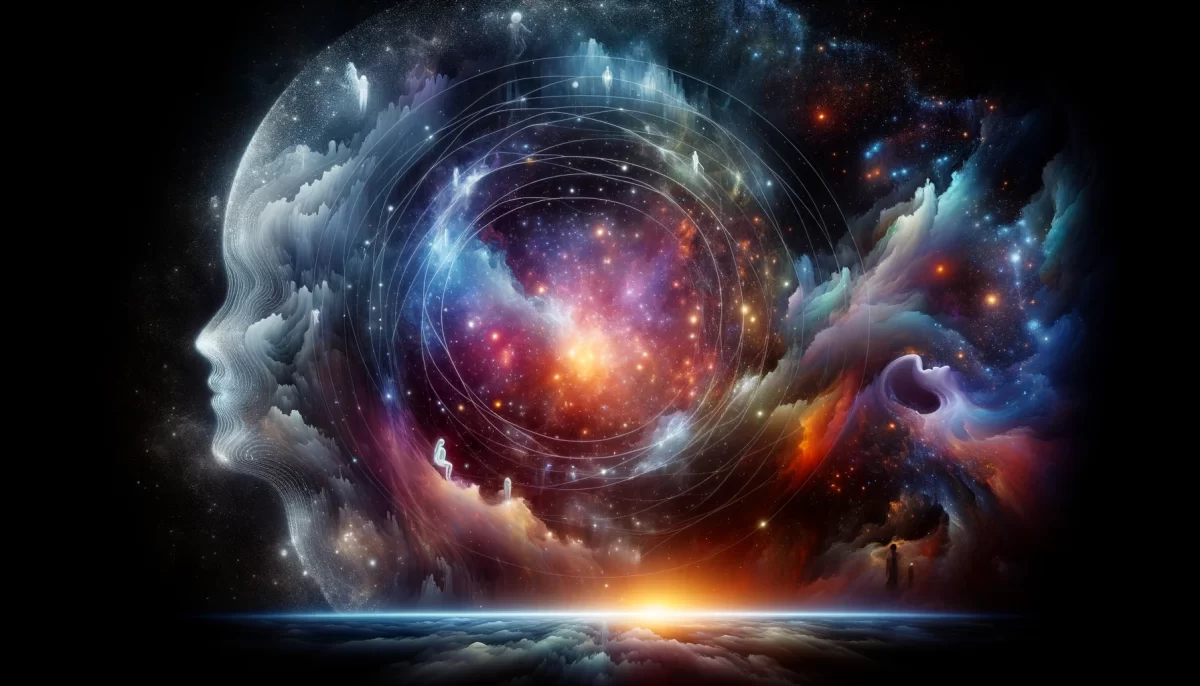


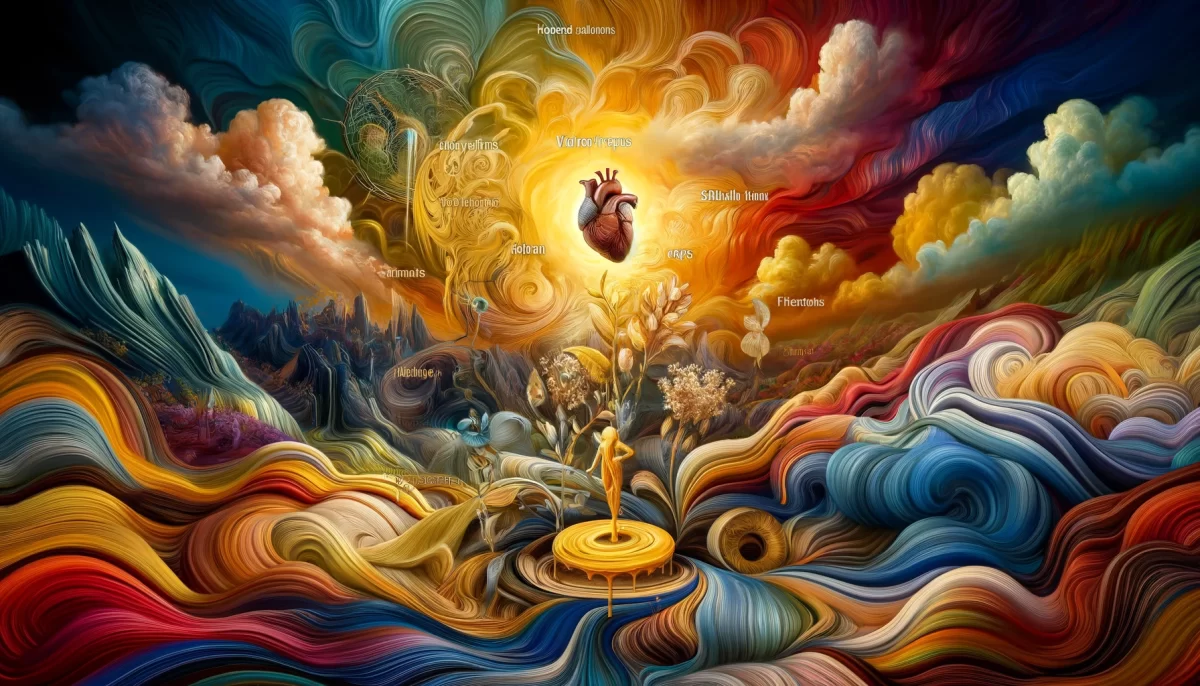
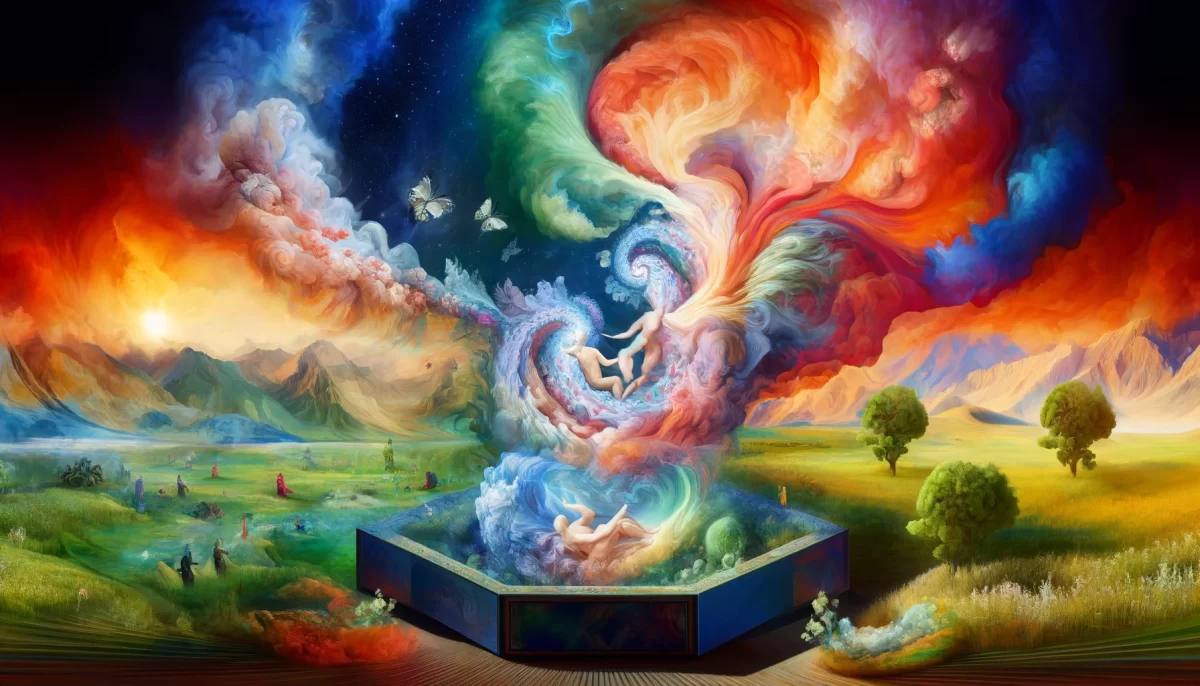
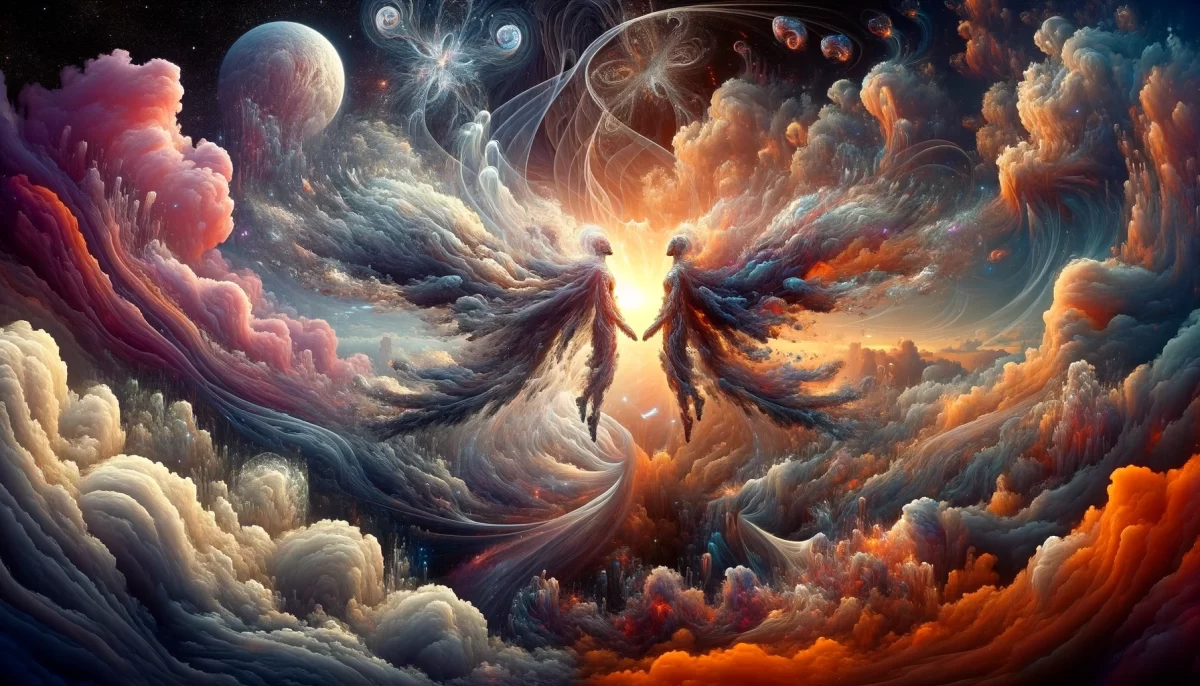
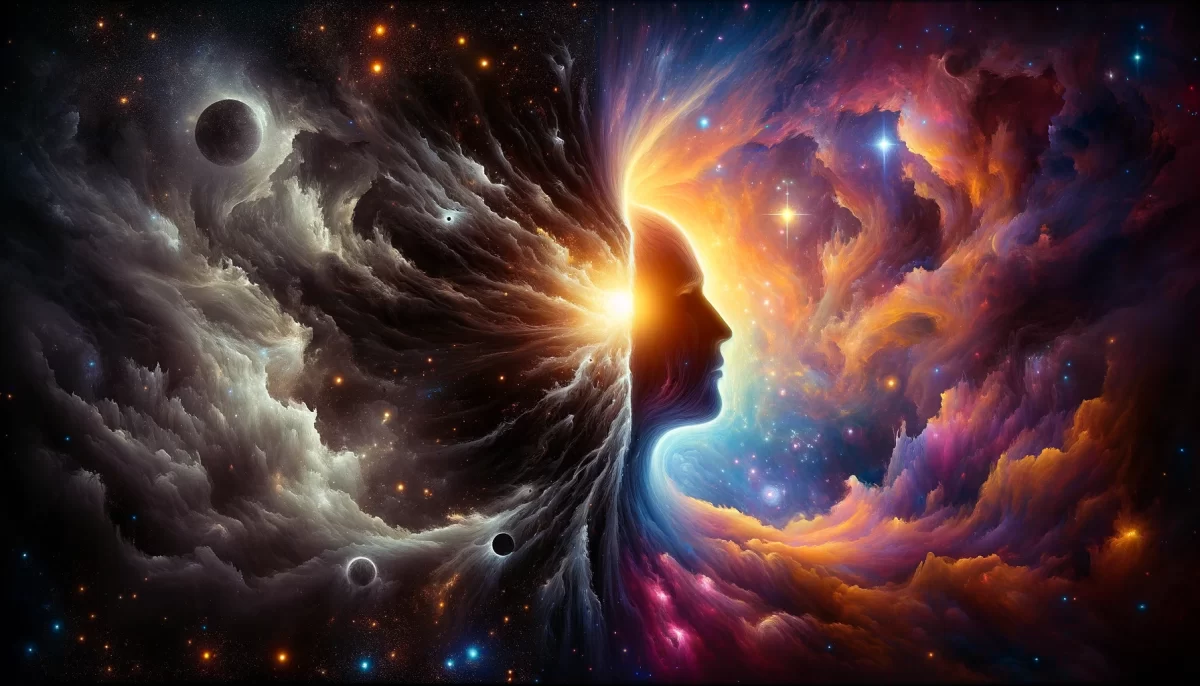
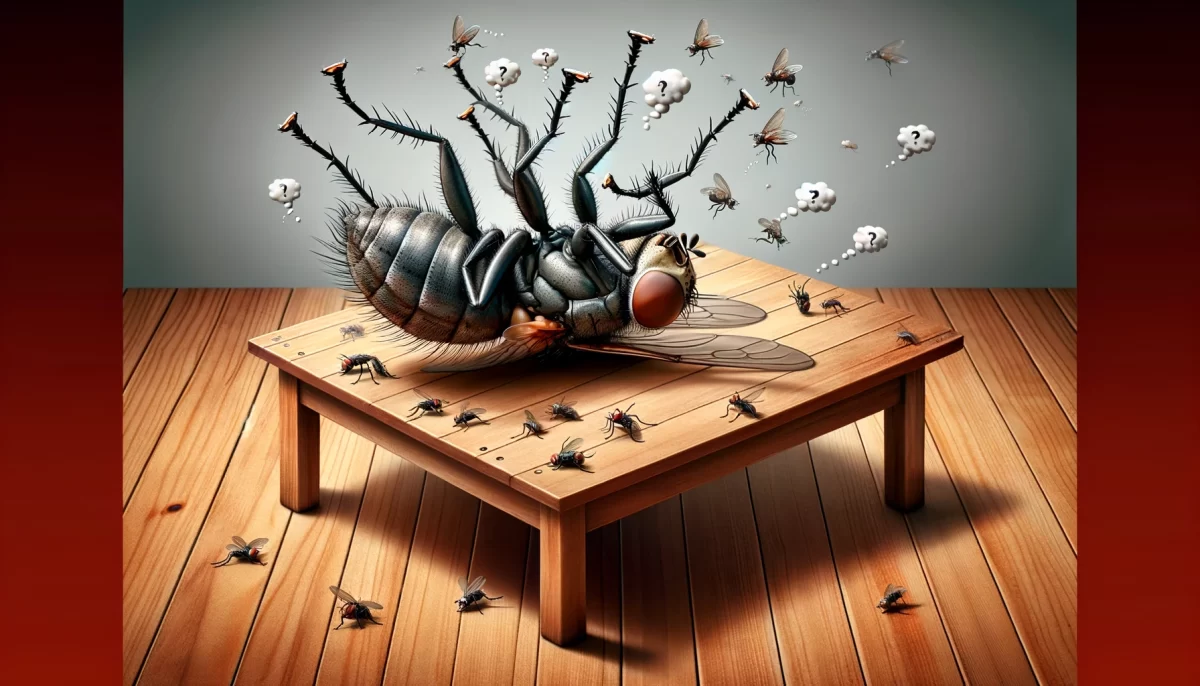
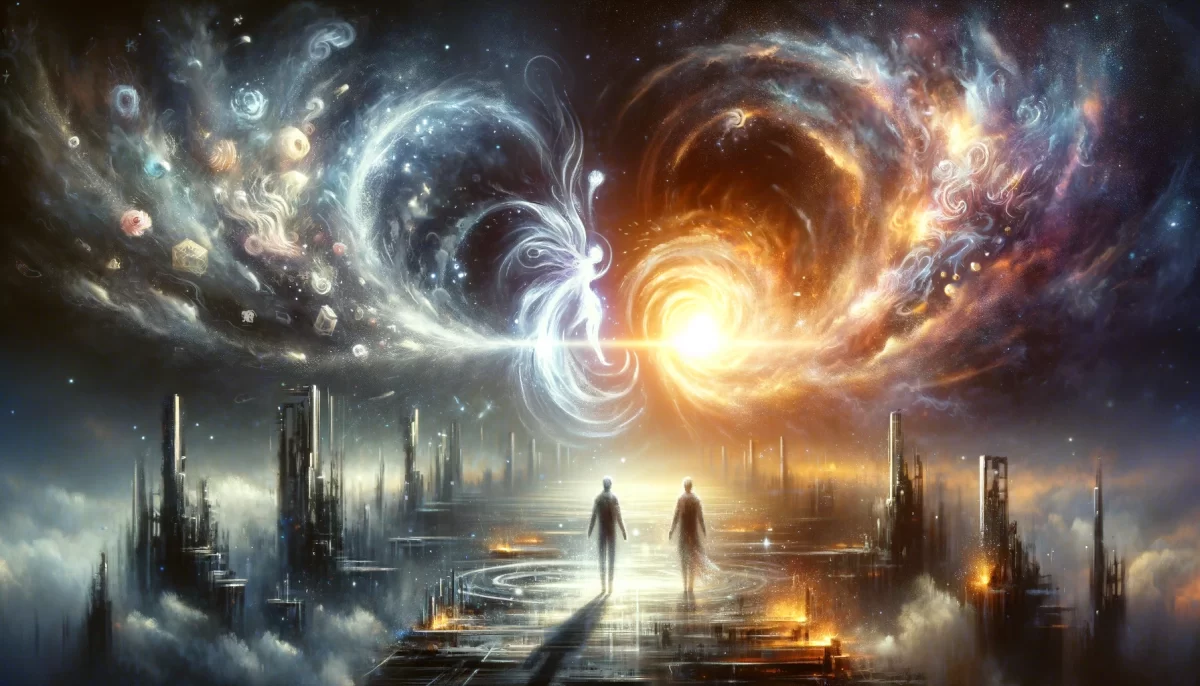
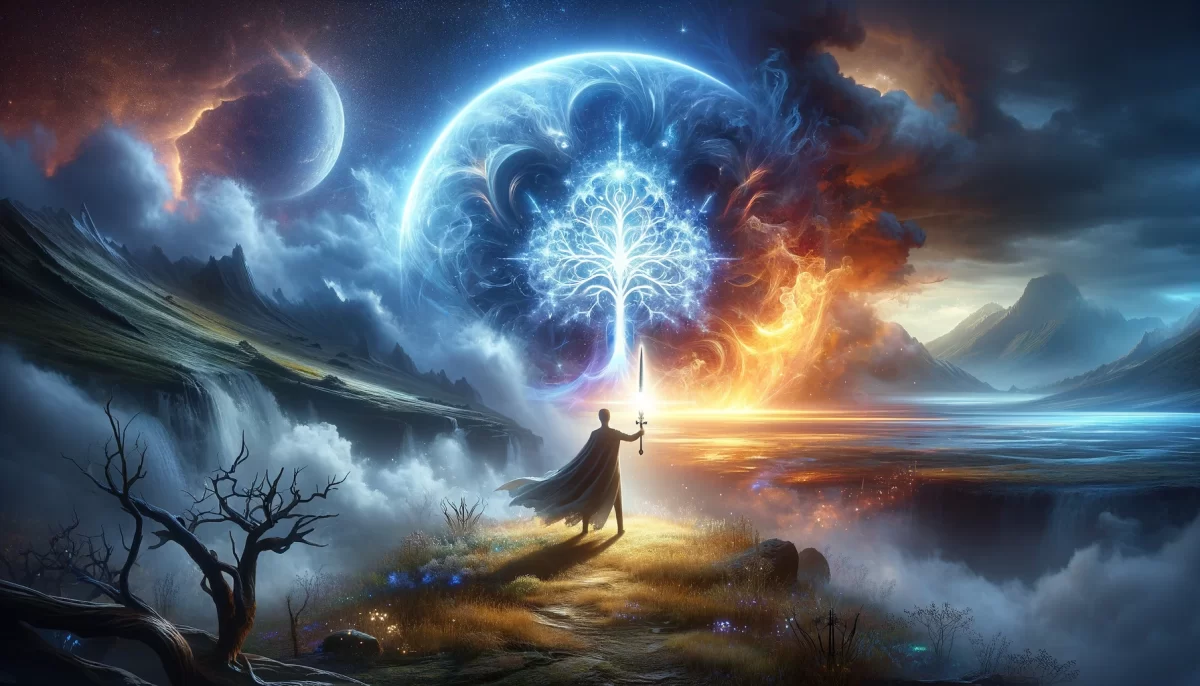
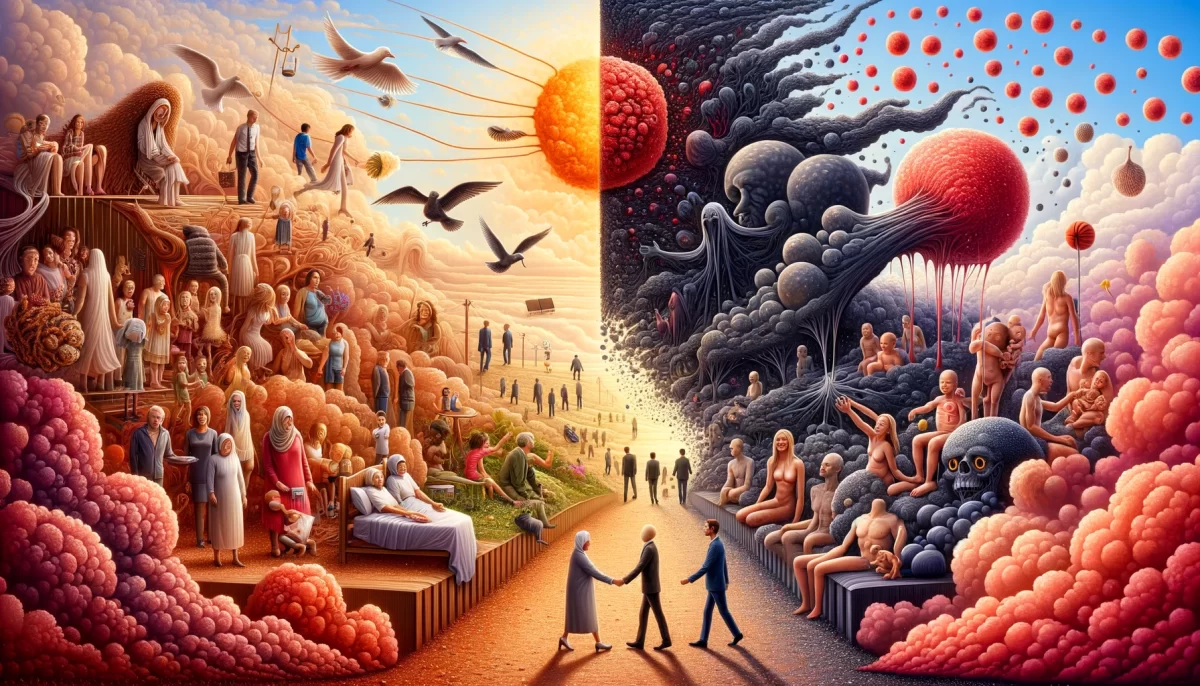

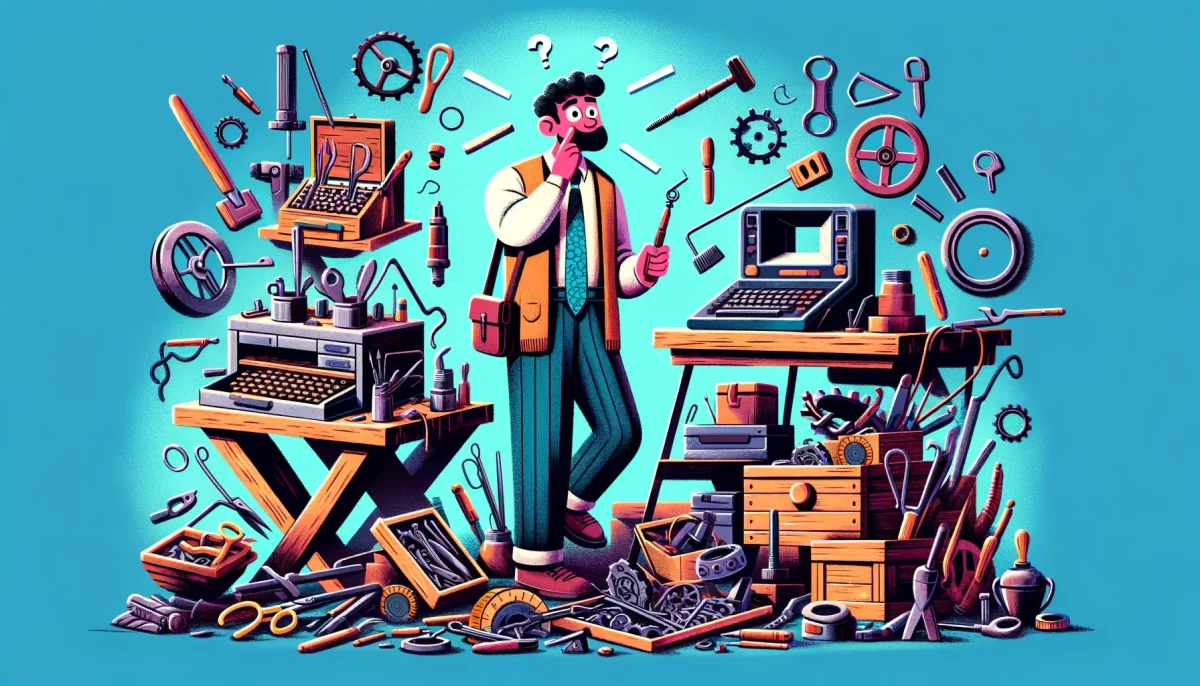
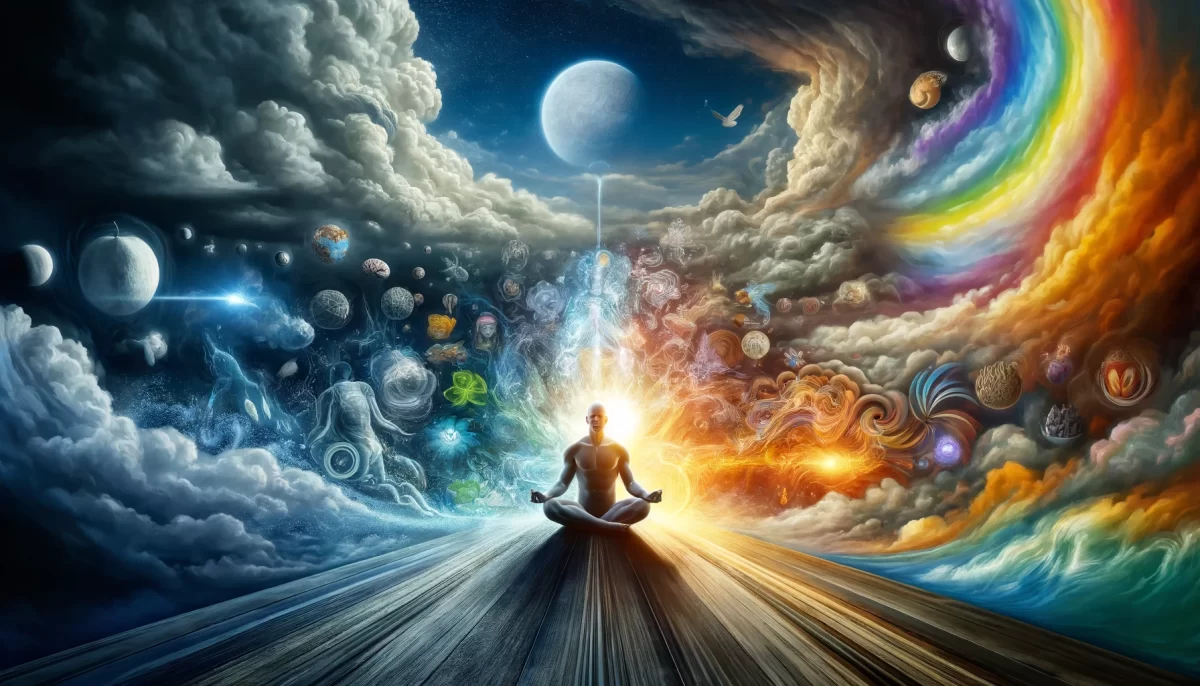


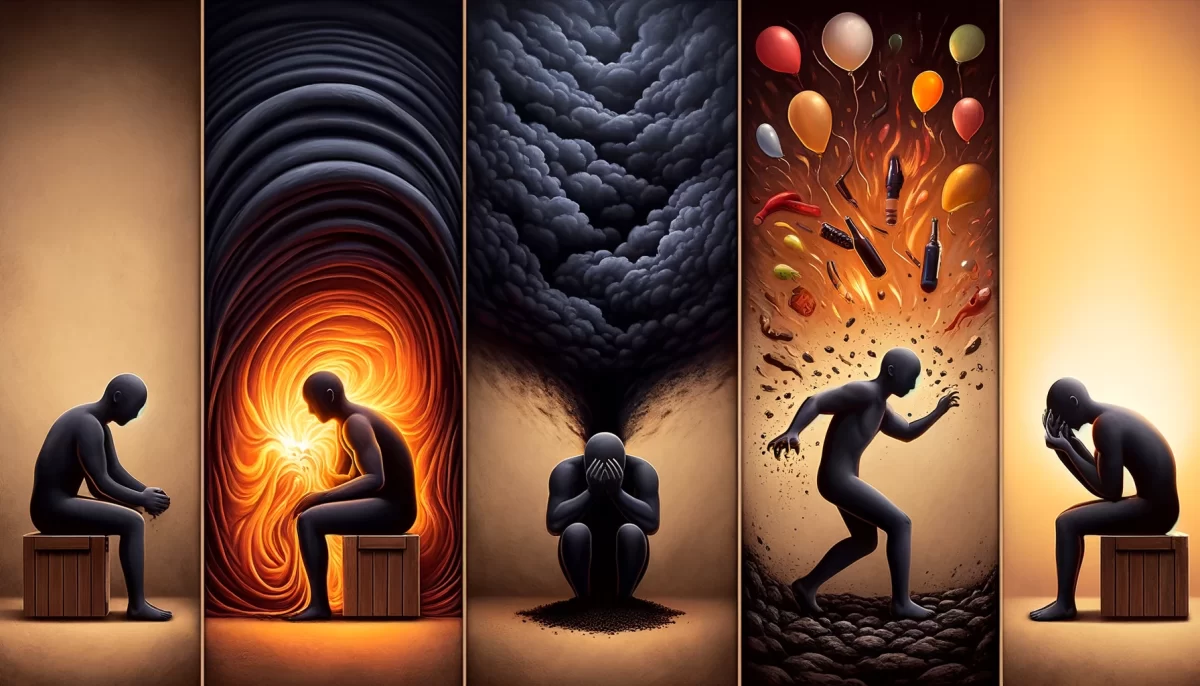
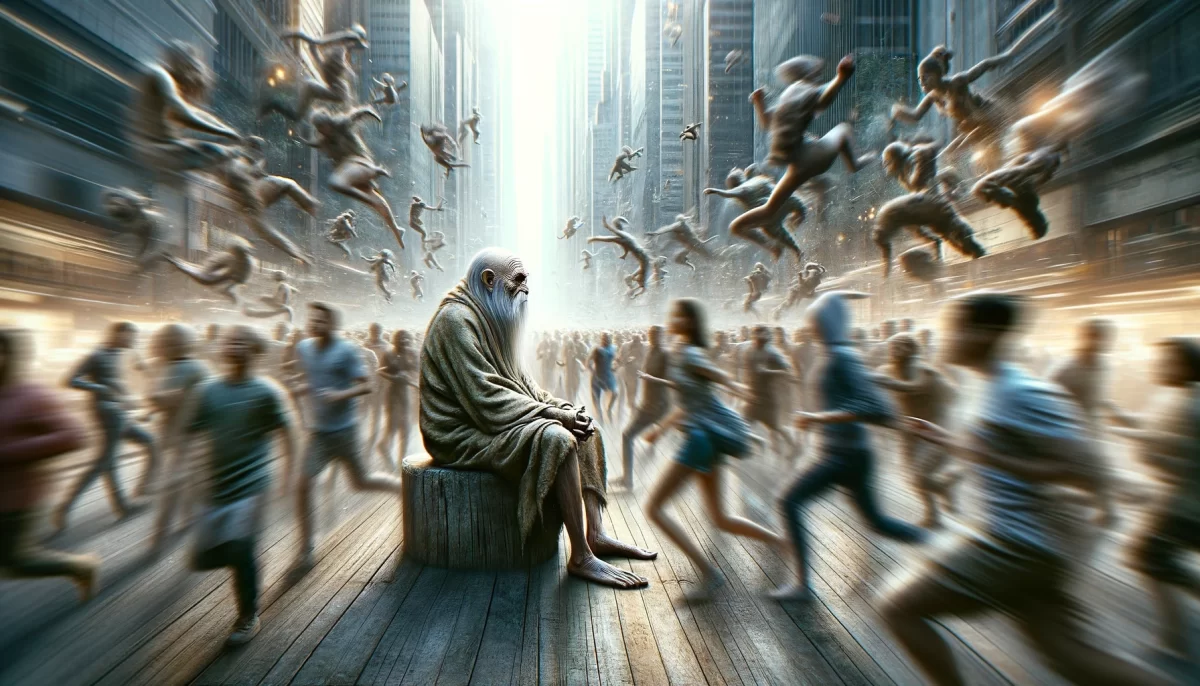
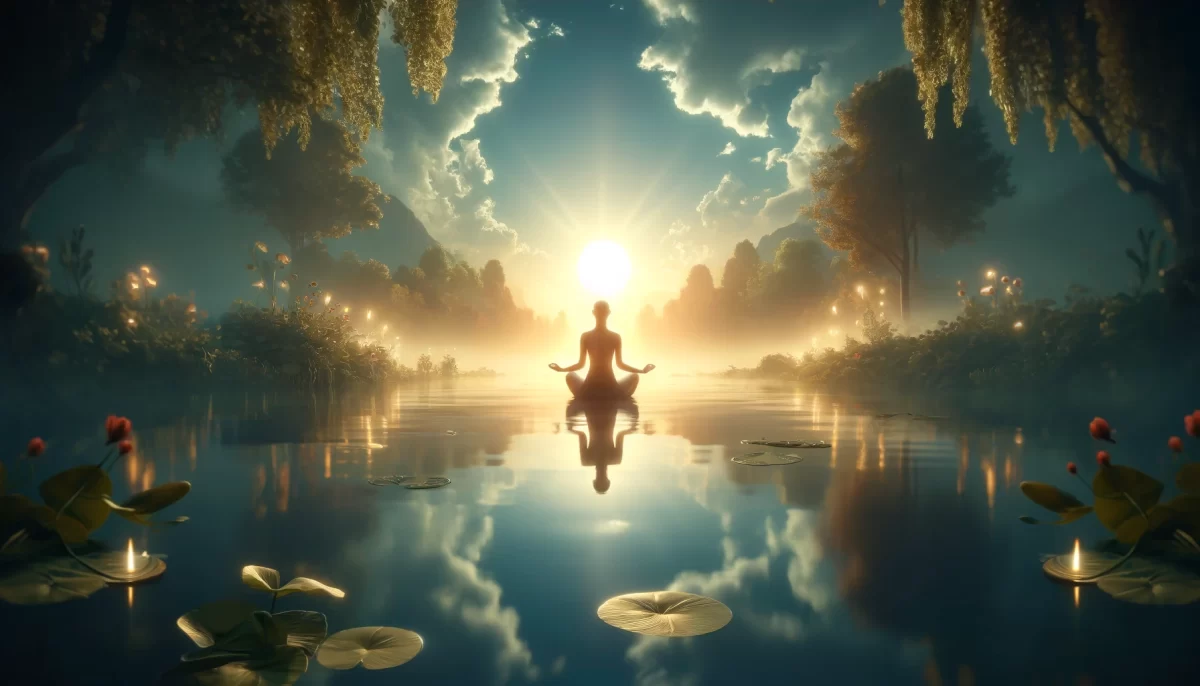
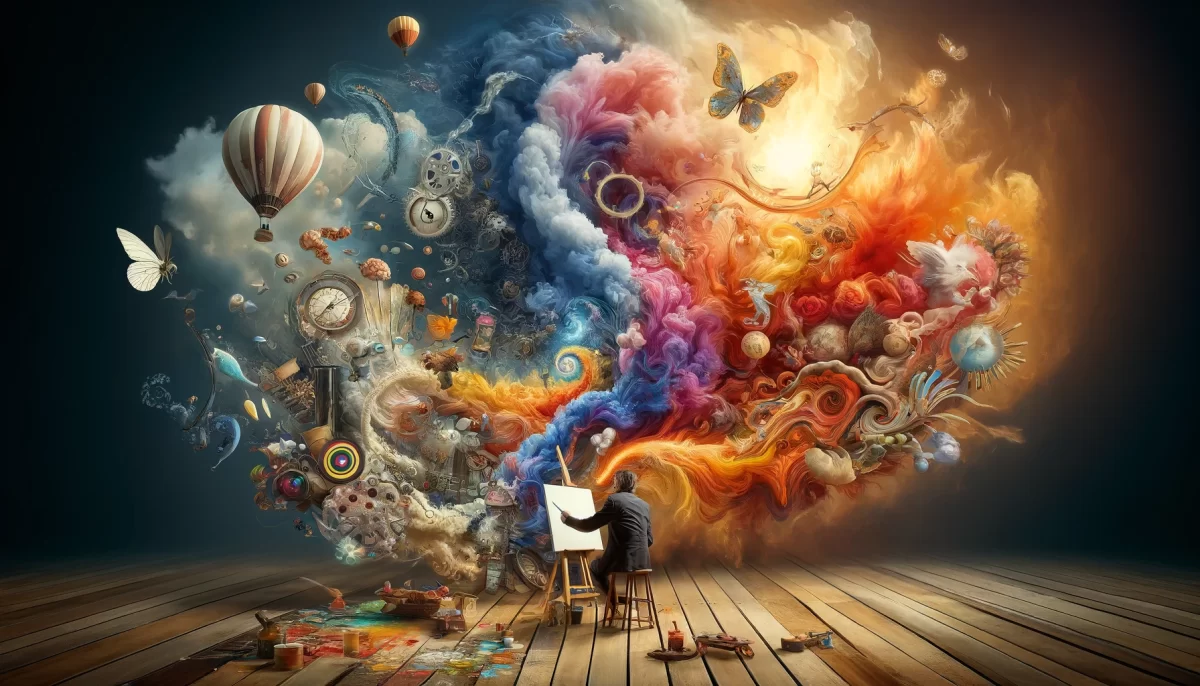

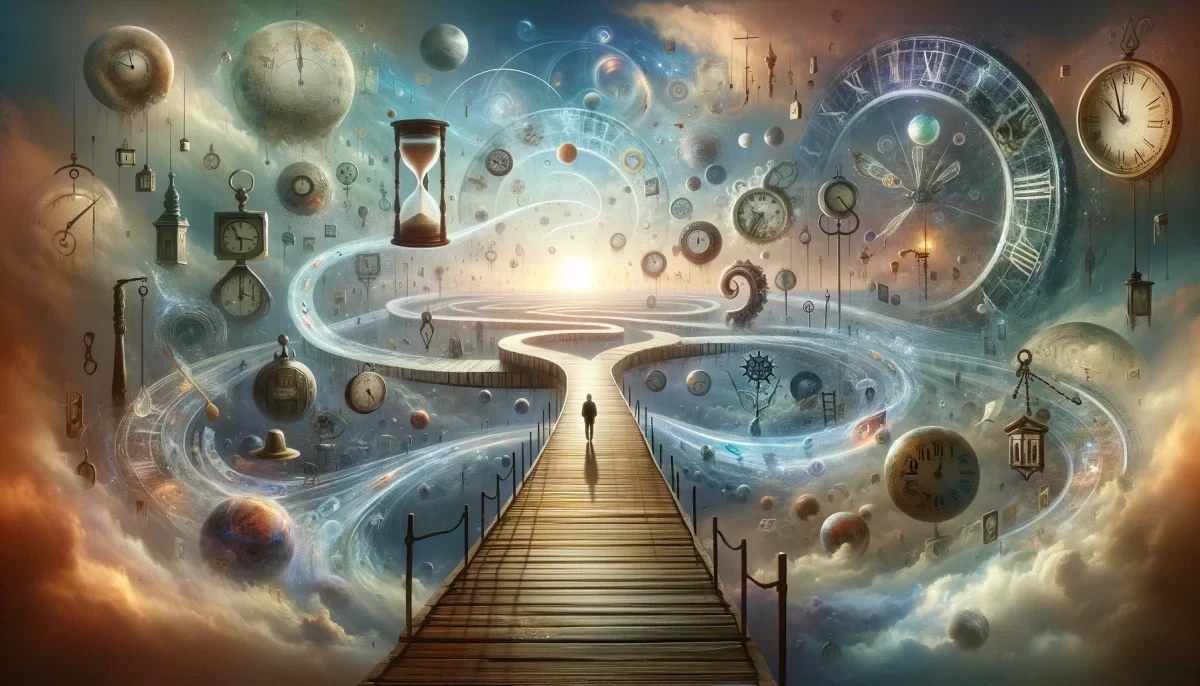
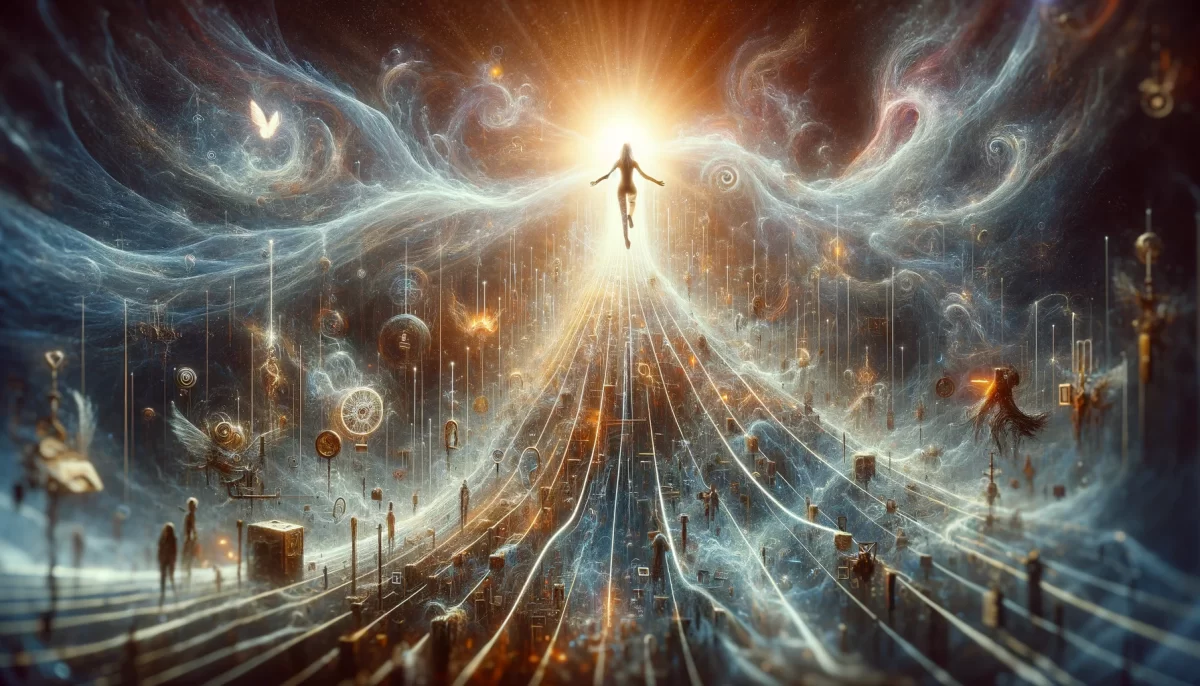





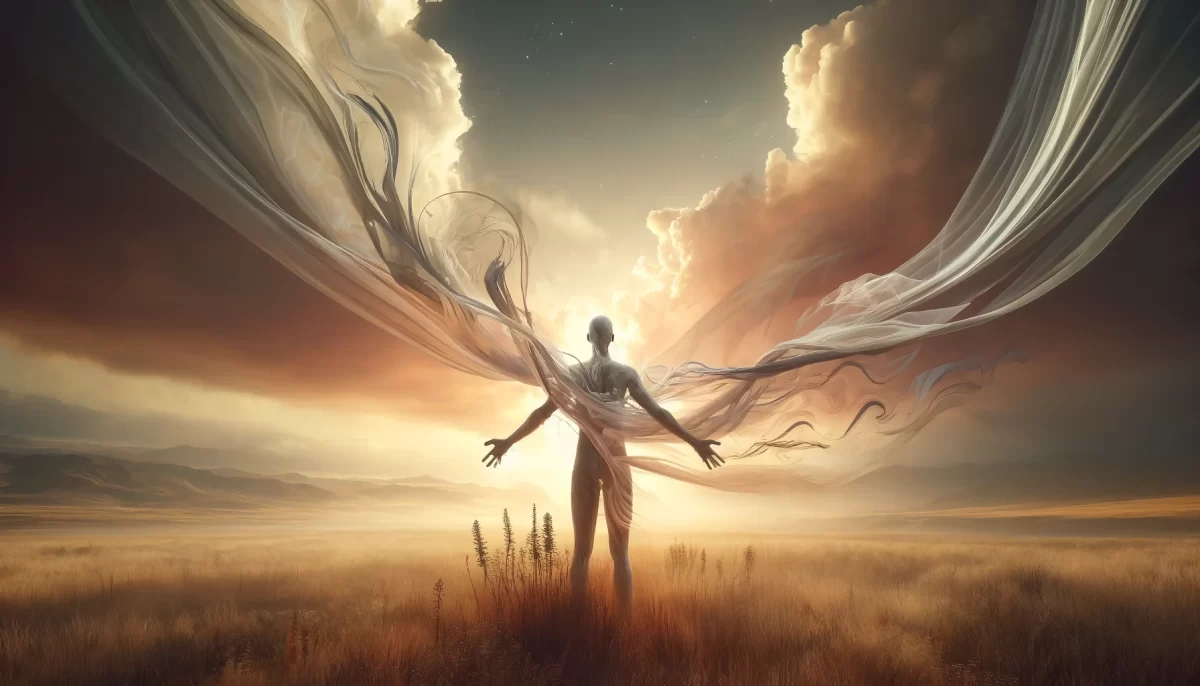
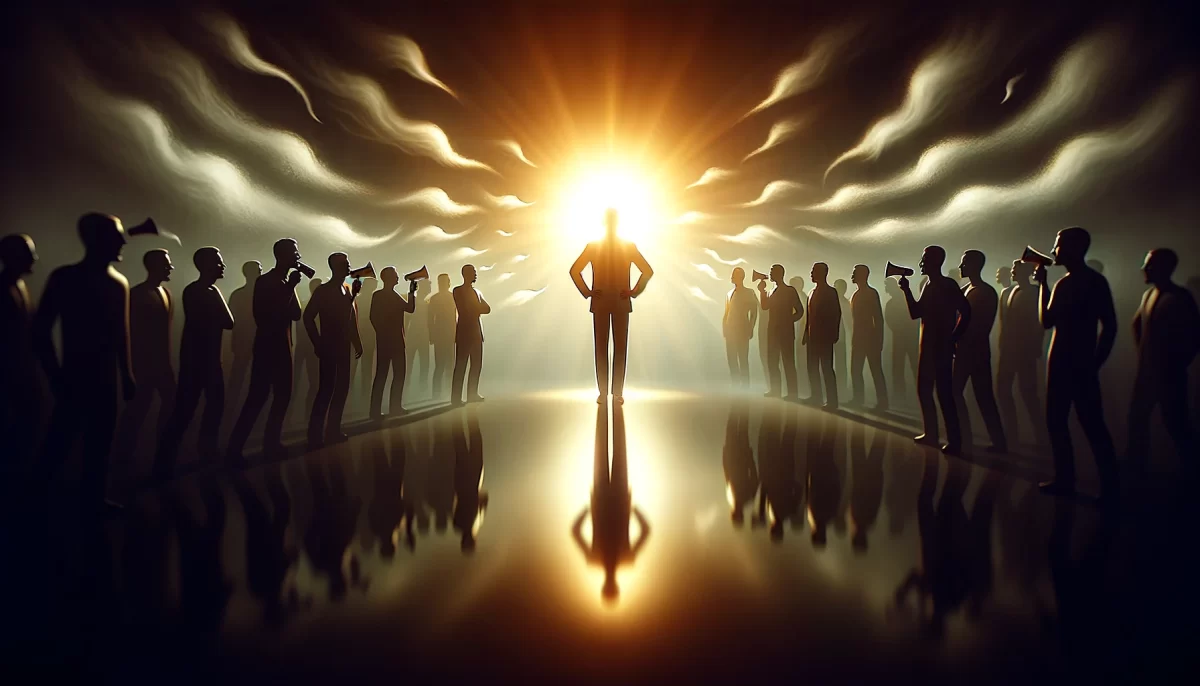
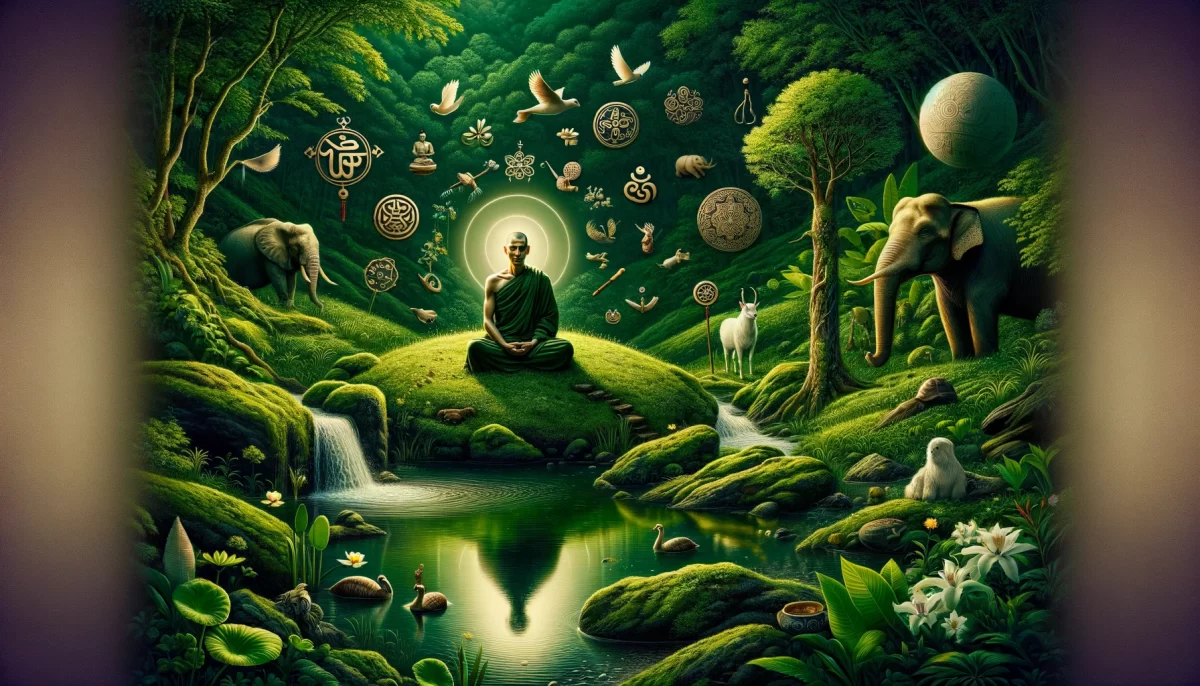
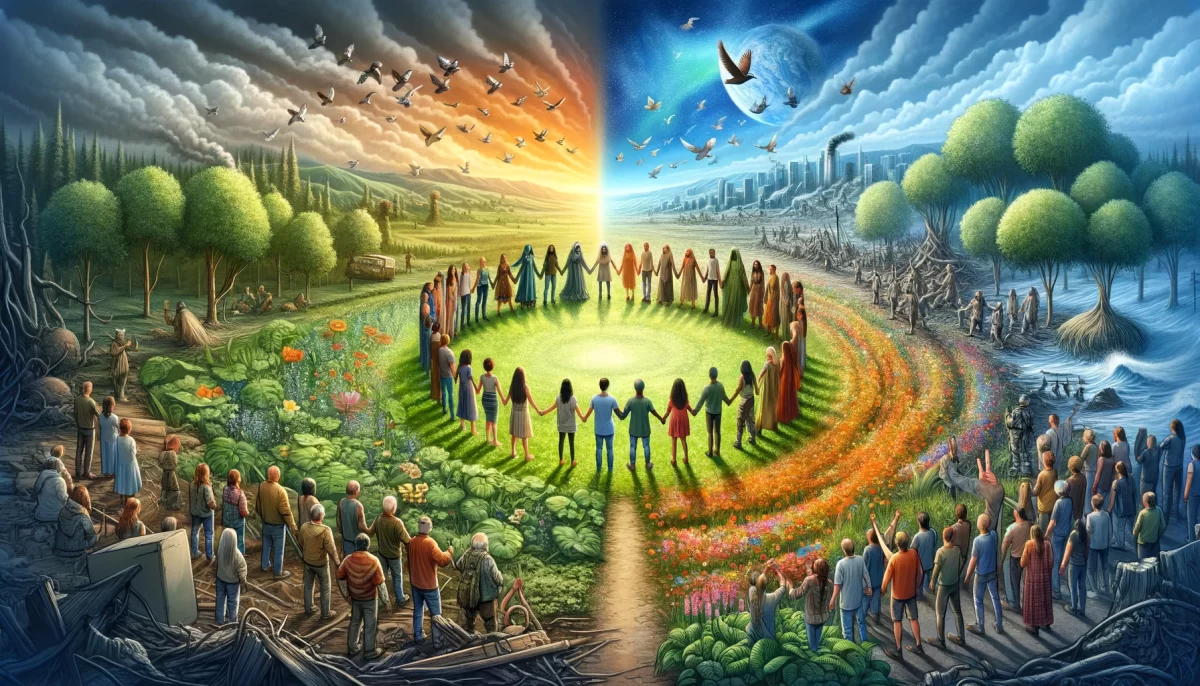
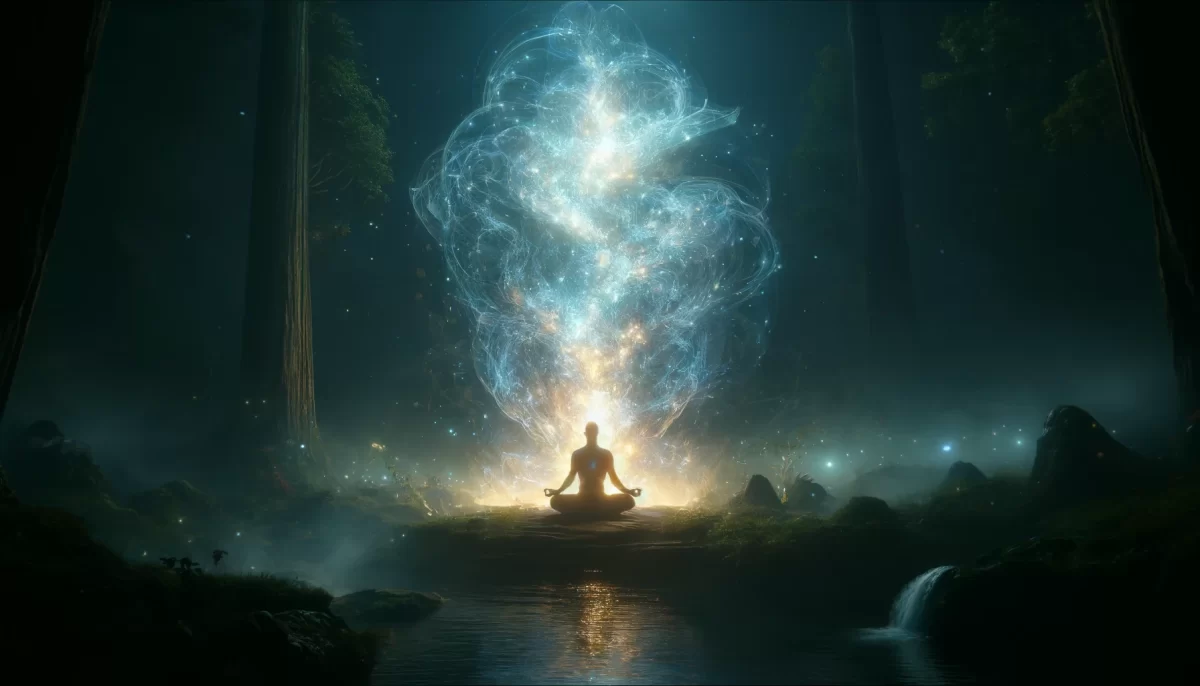
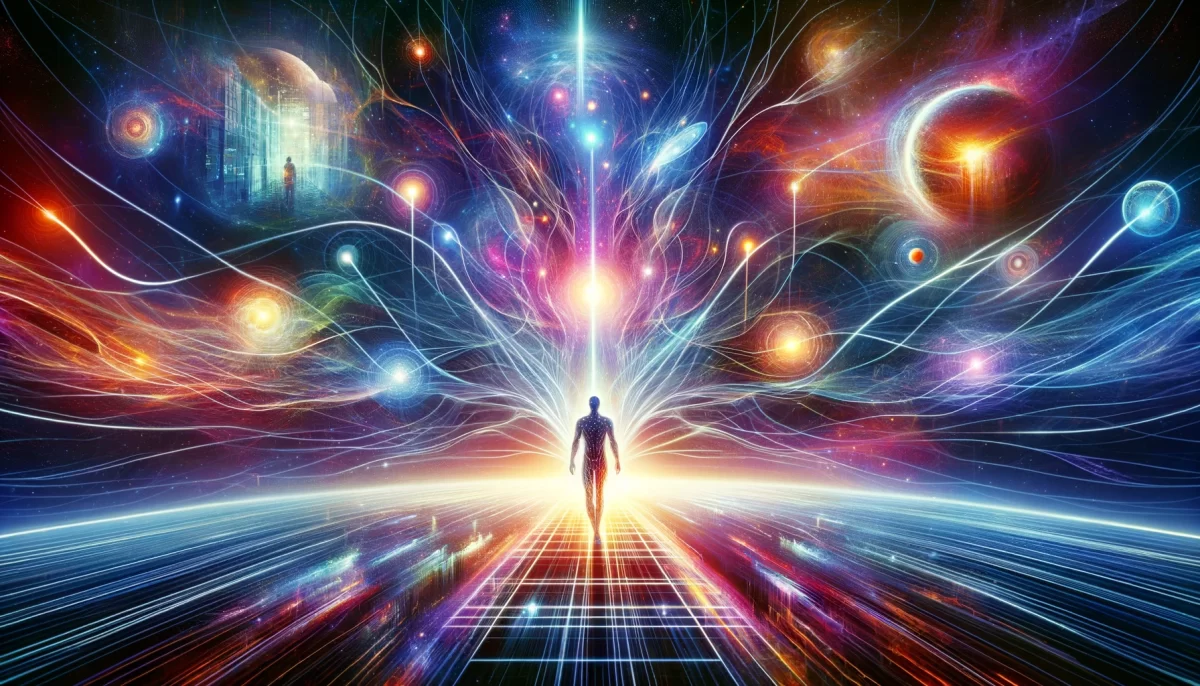
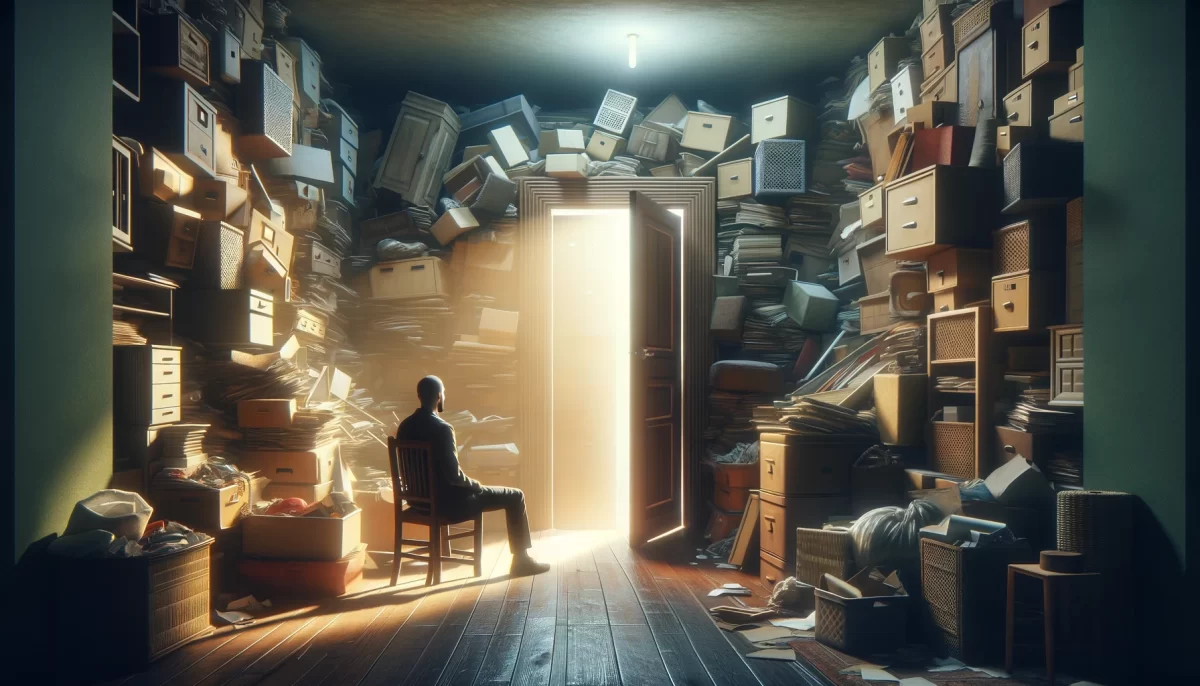
Leave a Reply